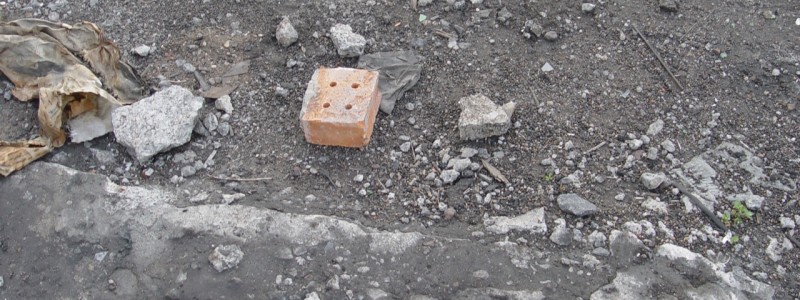Saint Petersburg nights are long and mild at this time of the year. Two days ago at early morning we decided to make an excursion through the city and its architectural fields of Sovjet industrial history …
Saint Petersburg can certainly be called a magnificent city. Aside from that it’s one of the first modern concepted city – a city, designed by architects after the vision of Peter the Great, who decided to build the country’s capital at the place of the former Swedish fortress Nyenschanz on the islands of the delta of river Neva.
Though most of his life seemes to be dedicated to leading war with the country’s big rivals, like Sweden, Saint Peterburg doesn’t make the impression of being built for military or defensive purposes, rather every little detail is a demonstration of glory exposed towards Europe. He gathered known architects who designed inspired by influences from other European cities the non-interchangeable character of architecture.
Peter the Great seems to have been a remarkable person: In his youth days he had travelled to Amsterdam inkognito where he learned shipbuilding and the craftmanship of a carpenter. Aside from that he later became an important figure in the establishment of Russia’s power and influence in the world, the founder of Russia’s role as a superpower.
Though his style of regency cannot really be called a modern in a sense of democracy like in France or the United Kingdom, he put large efforts in the modernization of his country. For example in 1724 he founded the Russian Academy of Sciences. Another peculiar little detail was the first public presentation of art, the Kunstkamera, for which the visitors were awarded a glas of vodka, when attending the exhibition. I tradition that may have survived slightly modified in contemporary vernissage customs …
In today’s St. Petersburg the traces of Peter are present at nearly every step you take, though later periods have left their own traces. All along the older borders of the city at the end of the 19th century and the times of the Sovjet Union large factories had been build, impressive monuments of the industrialisation. Some of them are still working, many serve as quite reminders of failure in a capitalistic worldorder.
Though the people I met here so far clearly see the improvements in daily life compared to the times of communism, a certain connection, a remiscent of great achievements of the past seems to have prevailed in the heads of people. Still the big old factories have kept the attraction, accompanied by a certain woefullness.


2 Comments
A really special place. There is certainly more to find out about it …
nice fotos!
piter is great :)